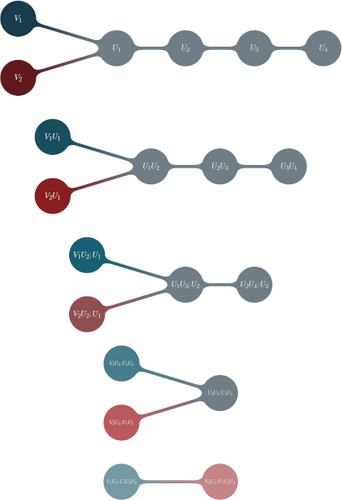
Drought and late-frost risk in a changing climate
ClimVine
Abstract
Global climate change is altering the frequency and intensity of drought and spring latefrost. Since recovery from both extremes requires access to stored carbohydrate reserves, the joint occurrence of drought and late-frost exacerbates the deleterious effects on forest health. Both extremes are projected to increase in frequency with increasing temperatures, yet, basic understanding of the statistical coupling between drought and spring late-frost is still lacking. To facilitate forest risk assessment, we aim to quantify the joint probability of drought and spring late-frost risk in the historic domain and identify shifts in this dependency across multiple climate change scenarios. To properly account for these climate extremes we propose the use of regular vine based regression models. They offer a flexible and efficient capturing of heavy tails and asymmetric dependence structures. To account for multiple responses a novel regular vine graph structure for the joint modelling of drought and spring late-frost risk needs to be designed. The models are to be estimated within the framework of statistical ensembles to maximise predictive power and decrease variability. Previous ecological applications of vine copulas have focused on jointly modelling multiple components of the same extreme. Here, we propose to quantify the dependence of two separate extremes as the basis for identifying spatial and temporal regions with increased risks to forest ecosystems.





